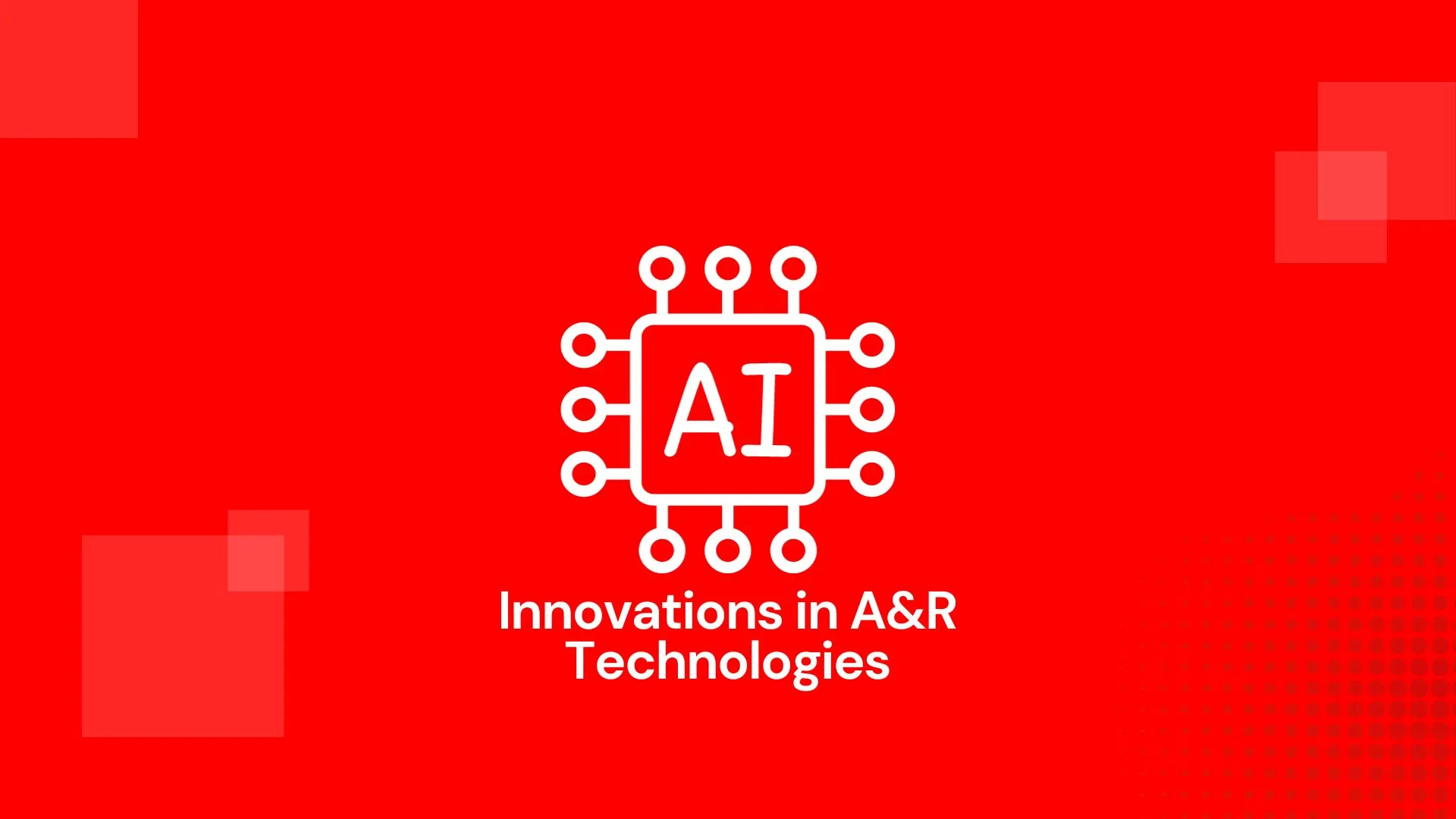
2. Cutting-edge Innovations in A&R Technologies
1. Advanced AI and Machine Learning in A&R
The field of Artificial Intelligence (AI) and Machine Learning has made significant advancements in the area of A&R technologies. These cutting-edge innovations have revolutionized the way artists are discovered and nurtured in the music industry. By leveraging the power of AI algorithms and deep learning techniques, A&R professionals can now streamline their workflow and make data-driven decisions more efficiently than ever before.
AI-powered platforms analyze vast amounts of data such as streaming numbers, social media engagement, and listener feedback to identify rising talent and predict commercial success. By analyzing patterns and trends within this data, A&R professionals can gain valuable insights into the preferences and behaviors of music consumers. This enables them to identify artists with high market potential and tailor their development strategies accordingly.
Machine Learning algorithms are also being used to develop advanced recommendation systems that match artists with suitable producers, songwriters, and collaborators. This helps A&R executives create synergistic partnerships and optimize the creative process by ensuring a strong fit between artists and their support teams.
Moreover, AI technology has enabled the automation of various routine tasks in A&R, such as cataloging and tagging songs, managing royalties, and monitoring copyright infringement. By automating these processes, A&R professionals can focus more on creative decision-making and artist development, ultimately fostering a more efficient and effective A&R ecosystem.
2. Virtual Reality (VR) and Augmented Reality (AR) Experiences
Virtual Reality (VR) and Augmented Reality (AR) technologies have gained significant traction in the music industry as tools for enhancing the A&R experience. These immersive technologies offer unique opportunities for artist discovery, fan engagement, and live performances.
With VR, A&R professionals can explore new dimensions in artist discovery and scouting. By donning a VR headset, they can virtually attend live performances, music festivals, and club nights without physically being present. This enables them to discover emerging talent from around the world, expanding their reach beyond geographical limitations. VR also allows A&R executives to experience music in new and innovative ways, enabling them to make more informed decisions when signing new artists.
AR, on the other hand, provides a means for artists to connect with their fans on a deeper level. Through AR apps and experiences, artists can create interactive and immersive content that enhances the listener’s engagement with their music. This could include interactive album artwork, 3D music videos, or virtual meet-and-greets. These innovative AR experiences not only captivate fans but also provide valuable data and insights to A&R professionals about the artist’s fanbase, enabling them to fine-tune their strategies for artist development and marketing.
Furthermore, VR and AR technologies have also revolutionized live performances and music events. Virtual concerts and AR-enhanced live shows create unique and unforgettable experiences for fans, allowing them to engage with the music and the artist in a whole new way. Additionally, these technologies provide A&R executives with valuable insights into the fan experience, helping them analyze preferences and further refine their understanding of the target audience.
3. Blockchain Technology and its Impact on A&R
Blockchain technology has emerged as a game-changer in the music industry, particularly in the realm of A&R. This decentralized technology has the potential to transform how artists are discovered, signed, and compensated for their creative works.
One of the primary benefits of blockchain in A&R is its ability to create an immutable and transparent ledger of music ownership and royalty rights. By using blockchain platforms, artists can securely register their works, ensuring that they maintain control and visibility over their intellectual property. This helps protect artists from unauthorized use of their music and ensures fair compensation for their contributions.
Additionally, blockchain-based platforms can enable smart contracts that automatically distribute royalties to the appropriate parties, such as artists, songwriters, and producers. This eliminates the need for intermediaries and reduces administrative costs, resulting in fairer and more efficient royalty management.
Moreover, the decentralization aspect of blockchain technology allows for direct peer-to-peer interactions between artists and fans. Artists can leverage blockchain platforms to directly engage with their fanbase, share exclusive content, and receive direct patronage without the intermediation of traditional music distribution and monetization channels. This empowers artists to have greater control over their career and financial well-being.
By adopting blockchain technology, A&R professionals can simplify the licensing and rights clearance processes, reducing the complexity and barriers to entry for new artists. This can potentially democratize the music industry by providing equal opportunities for talented artists to be discovered and gain exposure.
In conclusion, these cutting-edge innovations in A&R technologies, including AI and Machine Learning, VR and AR experiences, as well as blockchain technology, are transforming the A&R landscape. By leveraging these advancements, A&R professionals can make more informed decisions, enhance artist discovery and development, and create immersive experiences that engage fans on a deeper level. The integration of these technologies promises to drive innovation, foster creativity, and shape the future of the music industry.

